Why organic fertiliser is better for your plants and vegetables
Q: Why should I use fertiliser on my fruits and vegetables? To help you get the most from your garden. Fertilisers supply your plants with
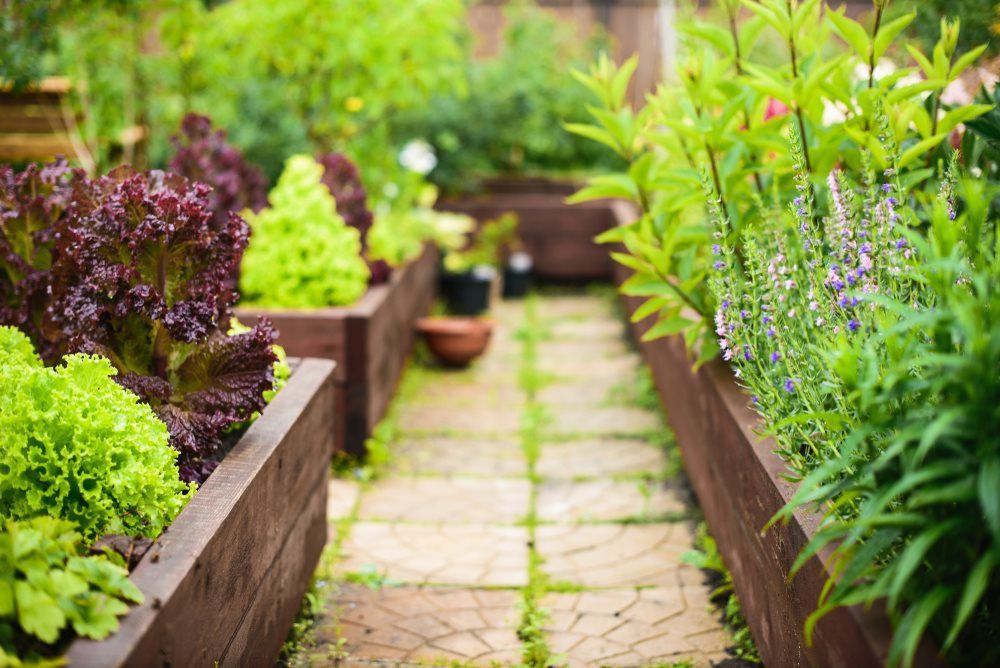
We particularly love raised garden beds; they are practical and often low maintenance for your garden or allotment and are particularly useful for growing fruit and vegetables! There are many benefits to a raised garden bed; many may use these for:
It is worth noting there are many materials you can use to make a raised bed; the below instructions are for the construction of a simple timber structure. You can purchase pre measured garden bed kits from local garden centres of B&Q!
You may also wish to make a longer lasting raised bed from stone, brick, railway sleepers or even paving slabs!
To start building your raised beds you will need to:
Filling the bed
PlantGrow Tip: Once plants are in, use the remaining PlantGrow Natural Fertiliser as a top dressing on the whole surface. This will keep the moisture locked in, meaning the bed will take much longer to dry out – endorsed by Anglian Water!
We hope our guide to raised garden beds is helpful and if you have any questions regarding what to fill your bed with, don’t hesitate to contact us! We would also love to see how your garden projects are coming along so do send in your photos 🌷
You can send an email to info@plantgrow.co.uk or send us a message on any of our social media platforms below!
Facebook – https://www.facebook.com/plantgrowuk/
Twitter – https://twitter.com/GrowNatural
Instagram – https://www.instagram.com/plantgrowuk/?hl=en
LinkedIn – https://www.linkedin.com/company/plantgrow/
Q: Why should I use fertiliser on my fruits and vegetables? To help you get the most from your garden. Fertilisers supply your plants with

Meet our 2024 PlantGrow Champions PlantGrow Champions are a select group of Instagram growers who use PlantGrow in their gardens. Each one was individually chosen for
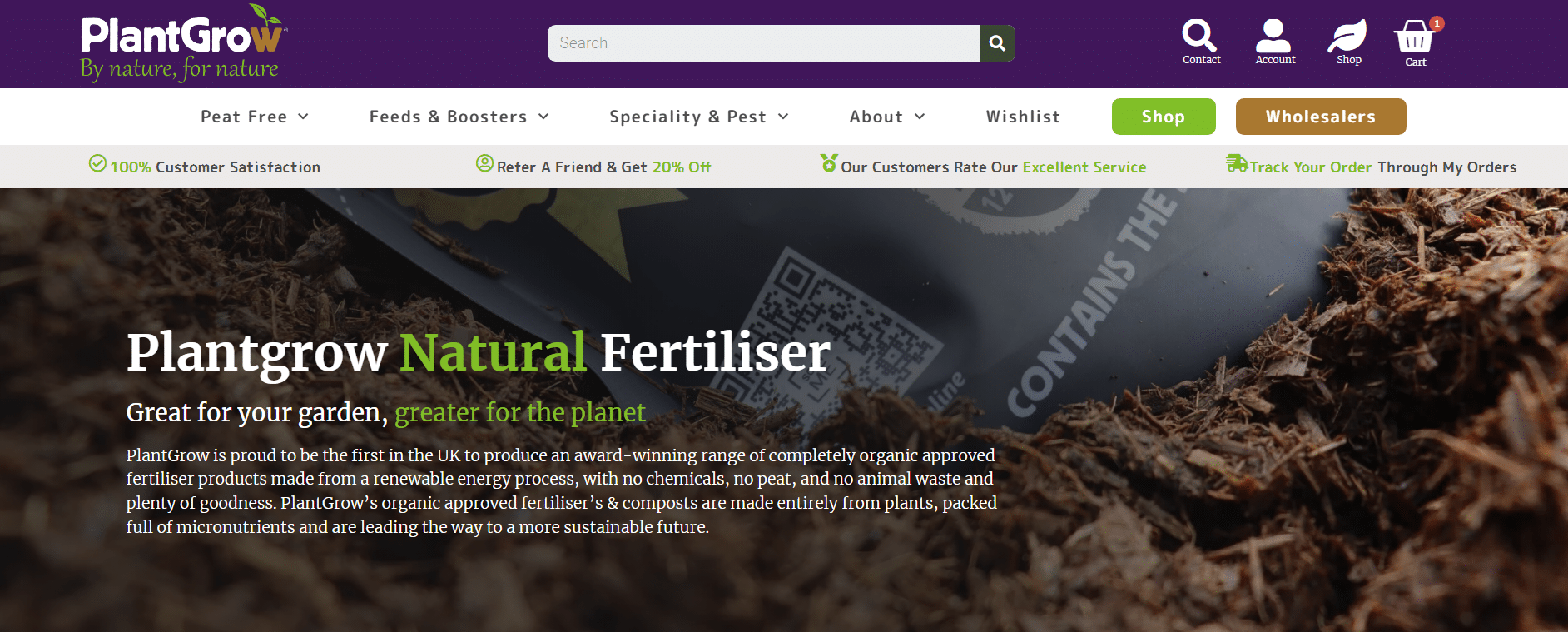
PlantGrow Launches All-New Website Back in 2016, nobody really knew about PlantGrow. Who’d have thought that in 2023 most gardeners in the UK would know

Our PlantGrow family is still growing! We’re pleased to reveal our latest PlantGrow champion: Chris Jesson from @groovygardeninguk. Chris set up his Instagram account in
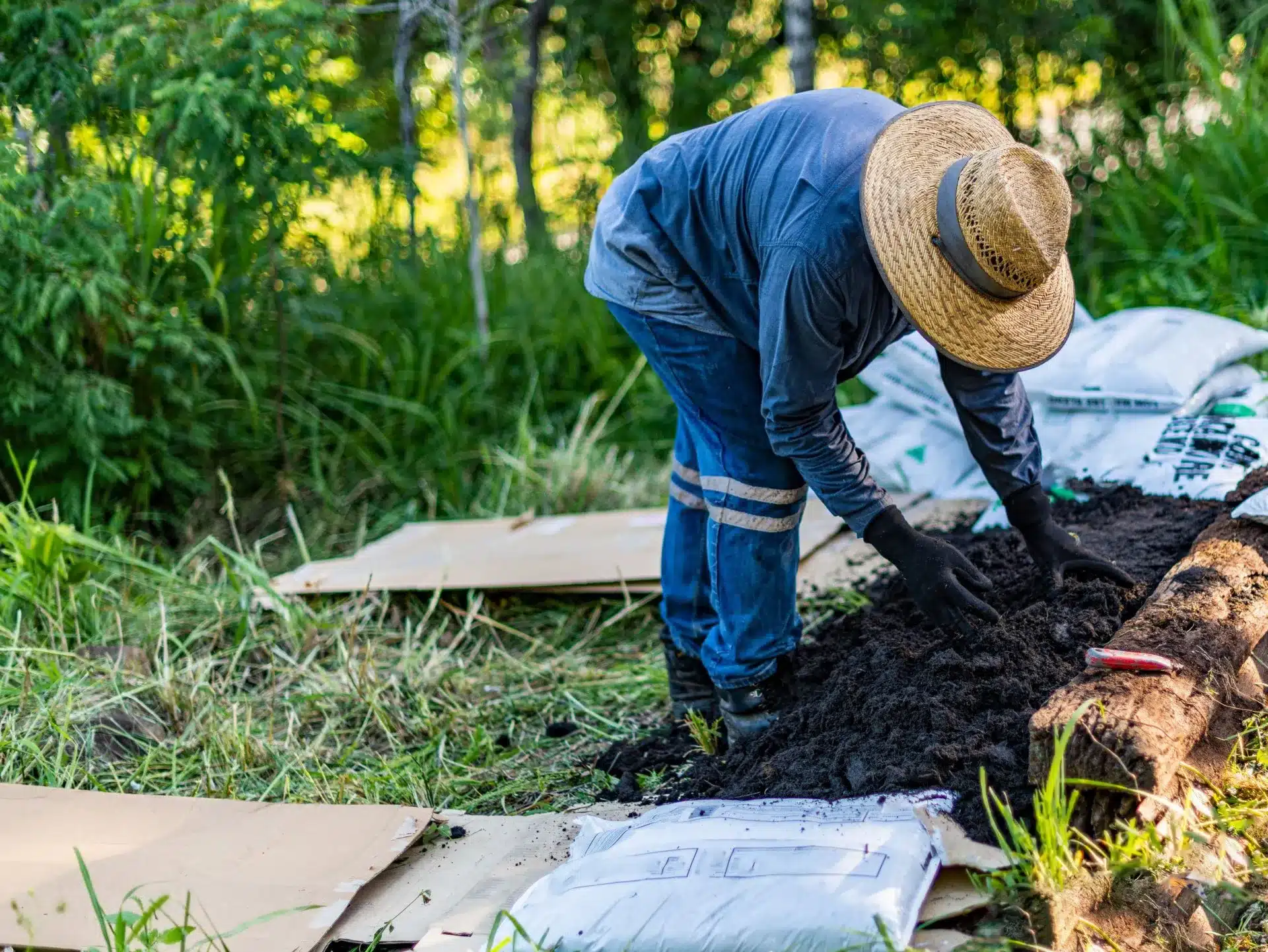
Our aim is to encourage people to provide a better future for the environment while gardening! We make a range of environmentally friendly gardening products that
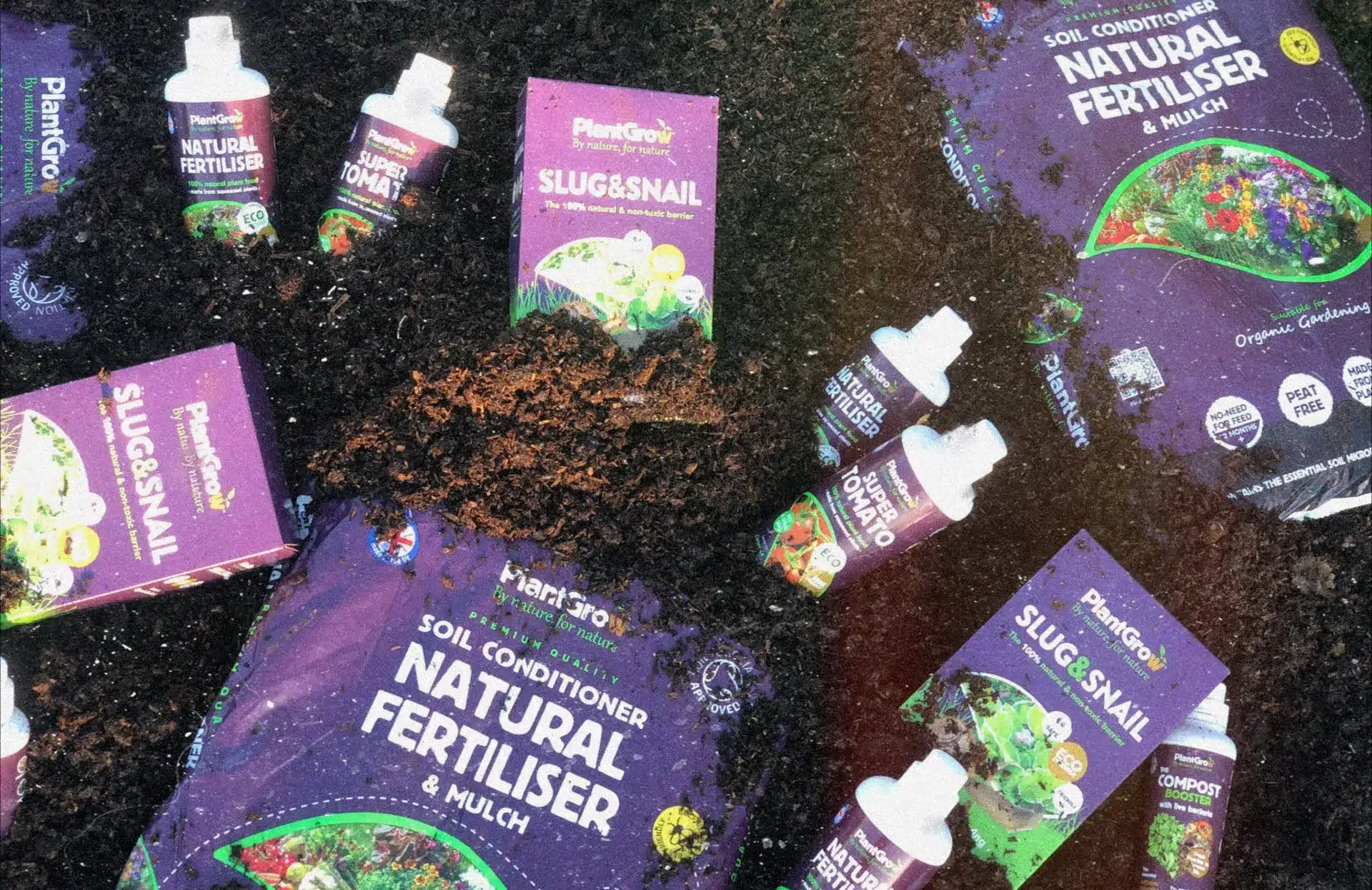
PlantGrow is proudly the first in the UK to produce a range of natural, Soil Association and Vegan Society-approved gardening products made through a sustainable
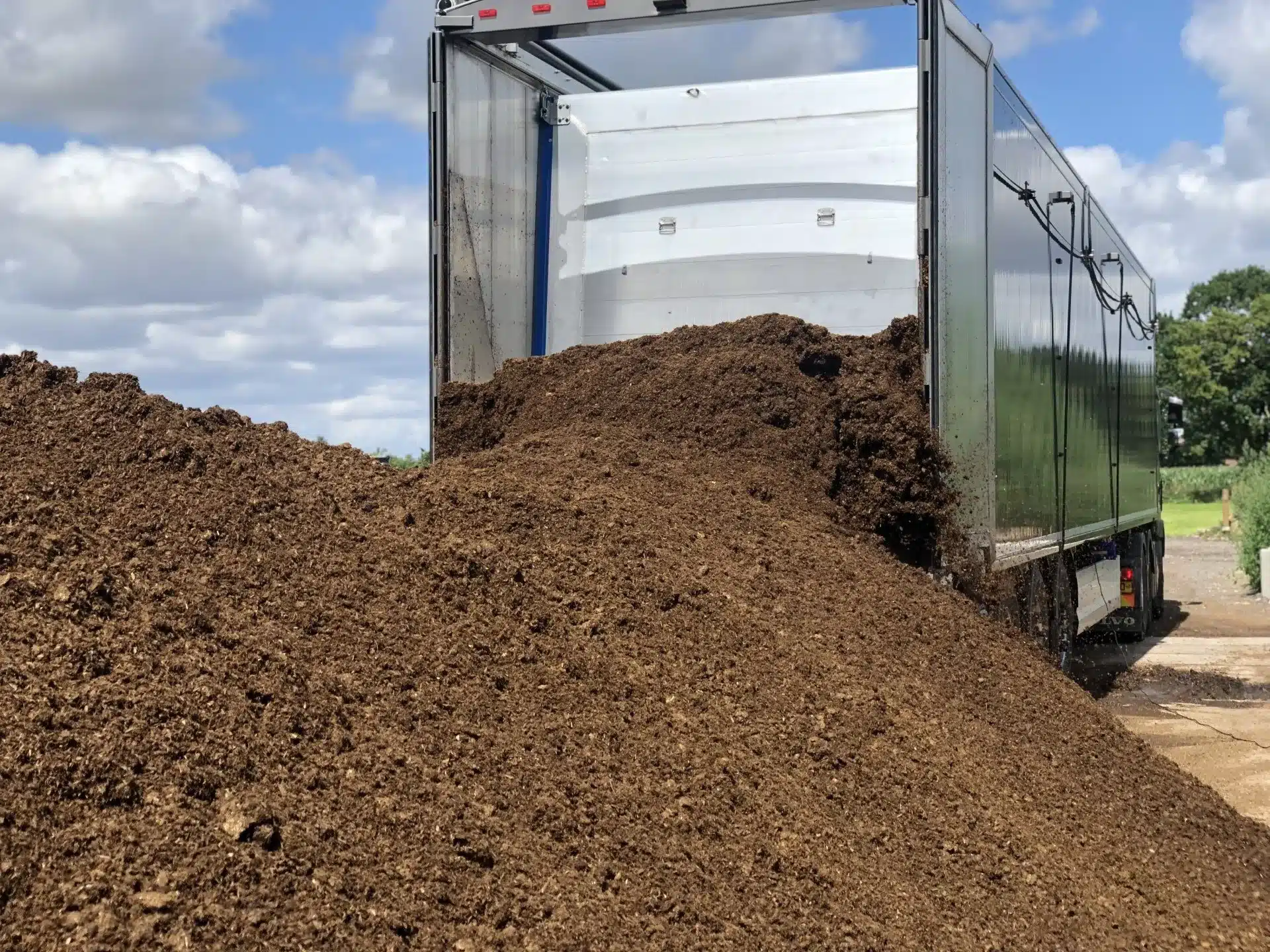
We paired up with one of our Champions, Richard Chuck to write this blog in order to guide and encourage people to mulch. We hope

We are so pleased to be announcing our newest Plant Grow Champion, Richard Chuck! Demonstrating his passion and dedication to gardening and sustainably, we could

We could not be more grateful and proud to have been one of the headline sponsors of the Sandringham Flower Show this year! We had
Find us: Cakes Hill Barn, Ellingham Road, Attleborough, Norfolk, NR17 1AE
| Cookie | Duration | Description |
|---|---|---|
| _savt | 3 years | This cookie is set by Square for payment processing. |
| cookielawinfo-checkbox-advertisement | 1 year | Set by the GDPR Cookie Consent plugin, this cookie is used to record the user consent for the cookies in the "Advertisement" category . |
| cookielawinfo-checkbox-analytics | 11 months | This cookie is set by GDPR Cookie Consent plugin. The cookie is used to store the user consent for the cookies in the category "Analytics". |
| cookielawinfo-checkbox-functional | 11 months | The cookie is set by GDPR cookie consent to record the user consent for the cookies in the category "Functional". |
| cookielawinfo-checkbox-necessary | 11 months | This cookie is set by GDPR Cookie Consent plugin. The cookies is used to store the user consent for the cookies in the category "Necessary". |
| cookielawinfo-checkbox-others | 11 months | This cookie is set by GDPR Cookie Consent plugin. The cookie is used to store the user consent for the cookies in the category "Other. |
| cookielawinfo-checkbox-performance | 11 months | This cookie is set by GDPR Cookie Consent plugin. The cookie is used to store the user consent for the cookies in the category "Performance". |
| CookieLawInfoConsent | 1 year | Records the default button state of the corresponding category & the status of CCPA. It works only in coordination with the primary cookie. |
| elementor | never | This cookie is used by the website's WordPress theme. It allows the website owner to implement or change the website's content in real-time. |
| viewed_cookie_policy | 11 months | The cookie is set by the GDPR Cookie Consent plugin and is used to store whether or not user has consented to the use of cookies. It does not store any personal data. |
| Cookie | Duration | Description |
|---|---|---|
| _GRECAPTCHA | Session | Spam prevention |
| _hjSession_* | 30 Minutes | A cookie that holds the current session data. This ensures that subsequent requests within the session window will be attributed to the same Hotjar session. |
| Woocommerce_cart_hash | 1 Day | To store items in cart |
| Woocommerce_items_in_cart | Session | Store items in cart. |
| Wordpress_logged_in_ | Session | WordPress |
| Wordpress_sec_* | 15 Days | To provide protection against hackers, store account details. |
| Wp_woocommerce_session_* | Session | Store performed actions. |
| Cookie | Duration | Description |
|---|---|---|
| _hjAbsoluteSessionInProgress | 30 Minutes | Hotjar sets this cookie to detect the first pageview session of a user. This is a True/False flag set by the cookie. |
| _hjAbsoluteSessionInProgress | 30 Minutes | Hotjar sets this cookie to detect the first pageview session of a user. This is a True/False flag set by the cookie. |
| _hjSessionUser_* | 1 Year | Hotjar cookie that is set when a user first lands on a page with the Hotjar script. It is used to persist the Hotjar User ID, unique to that site on the browser. This ensures that behavior in subsequent visits to the same site will be attributed to the same user ID |
| CONSENT | 2 years | YouTube sets this cookie via embedded youtube-videos and registers anonymous statistical data. |
| Cookie | Duration | Description |
|---|---|---|
| VISITOR_INFO1_LIVE | 5 months 27 days | A cookie set by YouTube to measure bandwidth that determines whether the user gets the new or old player interface. |
| YSC | session | YSC cookie is set by Youtube and is used to track the views of embedded videos on Youtube pages. |
| yt-remote-connected-devices | never | YouTube sets this cookie to store the video preferences of the user using embedded YouTube video. |
| yt-remote-device-id | never | YouTube sets this cookie to store the video preferences of the user using embedded YouTube video. |
| Cookie | Duration | Description |
|---|---|---|
| cookielawinfo-checkbox-tracking | 1 year | No description |
Parcel deliveries
We aim to deliver all parcels within 2-4 working days from dispatch, order before 12:00pm for same day dispatch.
Pallet deliveries
We aim to deliver all pallets within 2-5 working days from dispatch, order before 12:00pm for same day dispatch.
If you require further information regarding your delivery, please email daniel@plantgrow.co.uk
